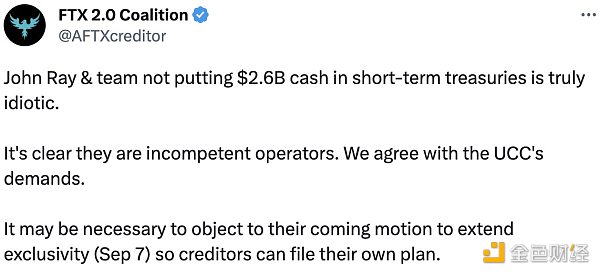a16z Crypto CTO: Protocol Design is More Important than Token Economics
a16z Crypto CTO: Protocol design > Token economicsVC firm a16z launches “Protocol Design” course, with its CTO Eddy Lazzarin as the lecturer. Lazzarin emphasizes that the key to surpassing token economy lies in protocol design, while token design is only an auxiliary means. In the course, he gave a presentation for over an hour. This article is translated into Chinese by TEDAO.
Internal laws of protocol evolution: 1) Internet protocols, the bond of interaction, share the commonality of being formalized interaction systems that can facilitate complex group behavior, which is the core component of protocols; 2) Protocol evolution, Web1 – Web2 – Web3, Web1 is decentralized and lacks a clear economic model, Web2 is centralized with a clear economic model, and Web3 is decentralized with a clear economic model. The biggest problem of Web2 is its fragility and overly optimized business model, while Web3 provides a more flexible and innovative space through decentralization and a clear economic model.
Let us rethink the protocol design process. It should always start with a clear goal, then consider constraints, and finally determine mechanisms. When designing a system, goals should be balanced and effective mechanisms determined. Constraints can take both endogenous and exogenous forms and can more clearly define mechanisms by limiting design space. Mechanisms, such as clearing, pricing, pledging, incentives, payments, and verification, are the essence of protocols. Designs should conform to constraints and meet clear goals.
- One year after the Terra-Luna reset: Rebuilding Trust, centralized exchanges will continue to exist
- Inventory of a16z’s Q1 Investment Layout
- Hourglass: What is a time-bound token?
Key points for designing decentralized protocols:
1) Seven critical design elements that may lead to centralization risks, including naming spaces introduced by email, payment systems, reputation, storage, matching, pricing systems, and validation systems.
2) Reducing switching costs and promoting interoperability.
3) Creating decentralized systems using Web3 technology.
4) Conducting in-depth research and selecting the best solutions.
For validation, cryptographic solutions are often the best choice. In terms of pricing, using a chain-based validation of computational resource proxies can adapt to various reasoning or machine learning tasks. For task allocation, a protocol that updates worker capabilities and status in real-time, fairly allocates tasks, and allows workers to choose whether or not to accept tasks can be adopted. Storage issues can be addressed by using prototype sharding technology and other solutions to solve problems within a short time window and adopt temporary storage methods.
Reference: https://mp.weixin.qq.com/s?__biz=MzkxMzI4Nzk4NA==&mid=2247489050&idx=1&sn=0f4630917b13fd63be458dabe8573daa&chksm=c17ea845f6092153901188e9abb9c031d0183b366cb4b2de143cd3b24f854557cb8b2727e65b&token=1393459731&lang=zh_CN#rd
We will continue to update Blocking; if you have any questions or suggestions, please contact us!
Was this article helpful?
93 out of 132 found this helpful
Related articles
- Nike Embraces NFT Marketing: What Lessons Can Other Companies Entering Web3 Learn?
- What is “Onion Routing” in the Lightning Network and how does it work?
- Can the fluctuating Worldcoin and the UBI economics of the AI era come true?
- “Tactical” dissolution, division of national treasury assets, new profit model for DAO?
- MakerDAO Core Development Team proposed to increase the DAI savings rate from 1% to 3.33%
- Comprehensive overview of the gaming industry: Pie in the sky or an oasis in the desert
- Mint Ventures Talks with Pendle CEO: Seizing Hotspots to Build Breakthrough Products






